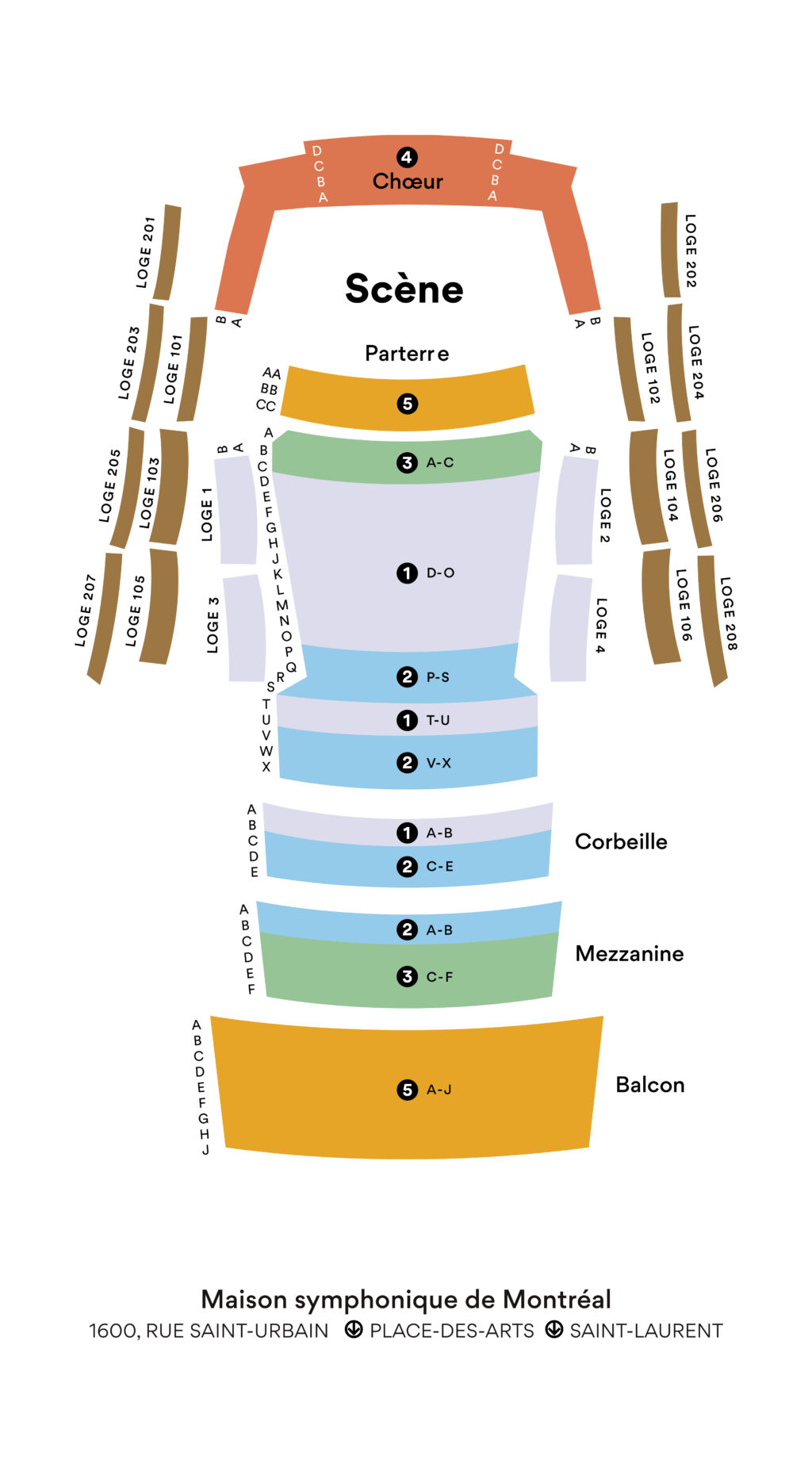A German Requiem
Brahms
1833 – 1897
“When he lowers his magic baton before the combined forces of chorus and orchestra, they will give him strength to reveal even more marvelous insights into the secrets of the spiritual world.” – Robert Schumann (1853)
Schumann wrote these words based on a few piano works by the then 20-year-old Brahms. At the time, the young composer benefited from the advice and encouragement of Schumann and his wife Clara, who treated Brahms like a son. In 1856, Robert’s death affected him deeply and probably planted the idea for the German Requiem. However, Brahms didn’t fully commit to the project until 1865, the year his mother died. Written in stages, the score was completed in 1868. After a few partial performances, the complete work received its premiere in Leipzig on February 18, 1869.
The full title of the masterpiece is Ein deutsches Requiem, nach Worten der heiligen Schrift für Soli, Chor und Orchester (Orgel ad lib.) or, in English, “A German Requiem, to Words of the Holy Scriptures, for Soloists, Chorus and Orchestra (Organ ad lib.).” In short, this is not a requiem in the conventional sense of the term.
The text of conventional requiems – the text set by Mozart, Berlioz, Verdi and so many others – is that of the Roman Catholic Mass for the Dead in use since the Middle Ages. It is a mass without a Gloria or a Credo, beginning with the words Requiem æternam dona eis Domine (Eternal rest grant unto them, O Lord) and including the terrifying Dies irae (Day of wrath), with its evocation of the Last Judgement.
Brahms decided instead to set passages from the Scriptures that focus on the pain felt by survivors in coming to terms with death and on consolation and the hope for redemption. The title Ein deutsches Requiem draws a clear line between the work, a kind of large-scale funeral cantata, and the liturgical text of the Requiem Mass.
One could go into fine detail about the many beauties of this profoundly human score. Let us simply note the dark colours of the first movement with its silent violins, the second movement’s odd funeral march in triple time and the luminous, comforting soprano aria in the fifth movement, among other sublime moments.
Better than any commentary, reading the texts selected by Brahms will clarify the meaning of this work, the fulfilment of Schumann’s astounding prophecy.
© Claudio Ricignuolo
Translation by Craig Schweickert
